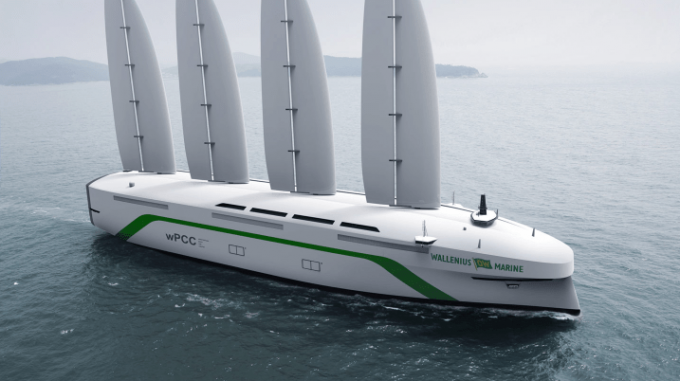Greener shipping – 'further work needed', but all still to play for
Last week’s International Maritime Organization (IMO) ISWG-GHG 18 meeting left little decided and much still ...

A new car carrier is set to take to the seas within four years – powered only by wind.
The Oceanbird, developed by a Swedish consortium that includes Wallenius Marine, can carry 7,000 vehicles, although it travels at lower speeds than traditional vessels.
Wallenius said the wind-powered ...

Comment on this article
Alexandre Gonçalves da Rocha
September 08, 2020 at 4:27 pmWhat is her air draught?
What is her sailing area?
How does she maneuver in restricted waters?